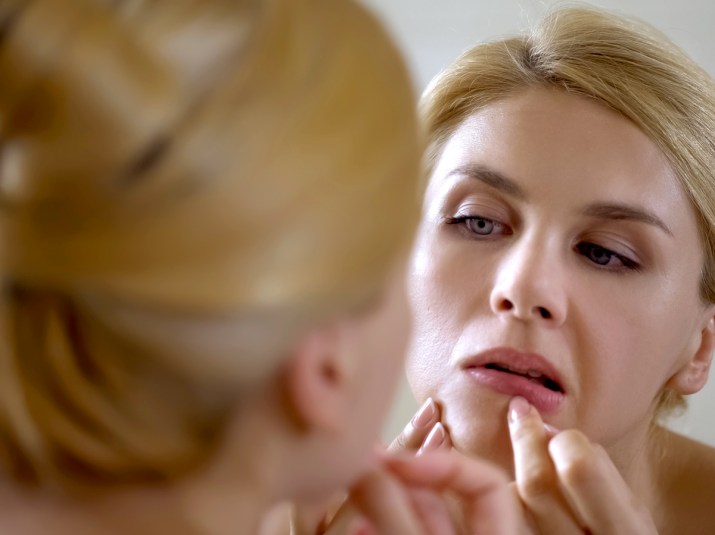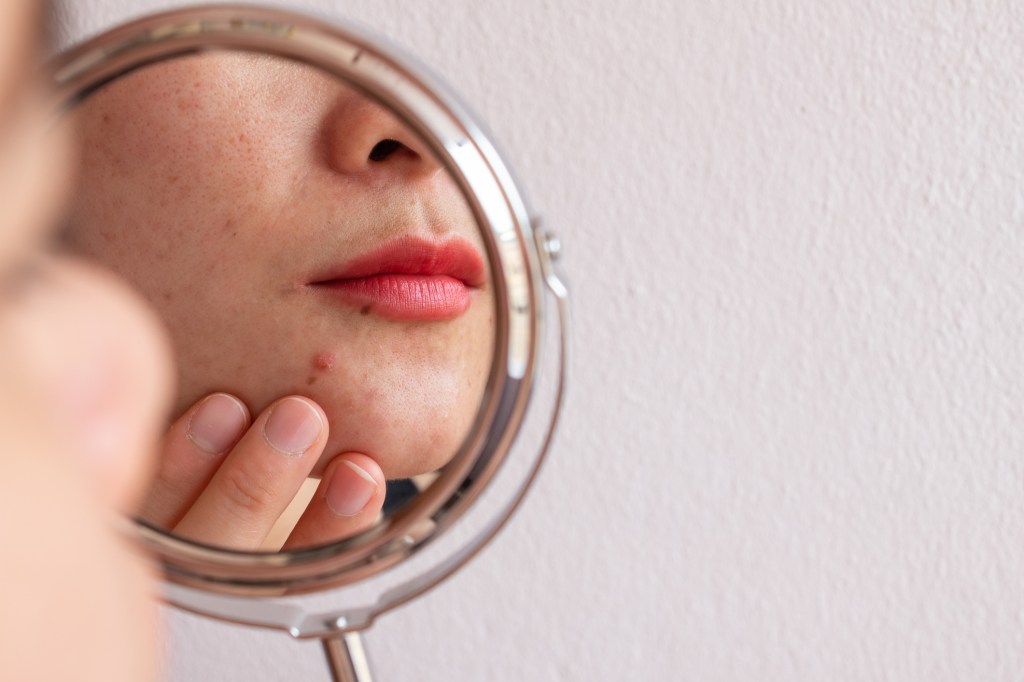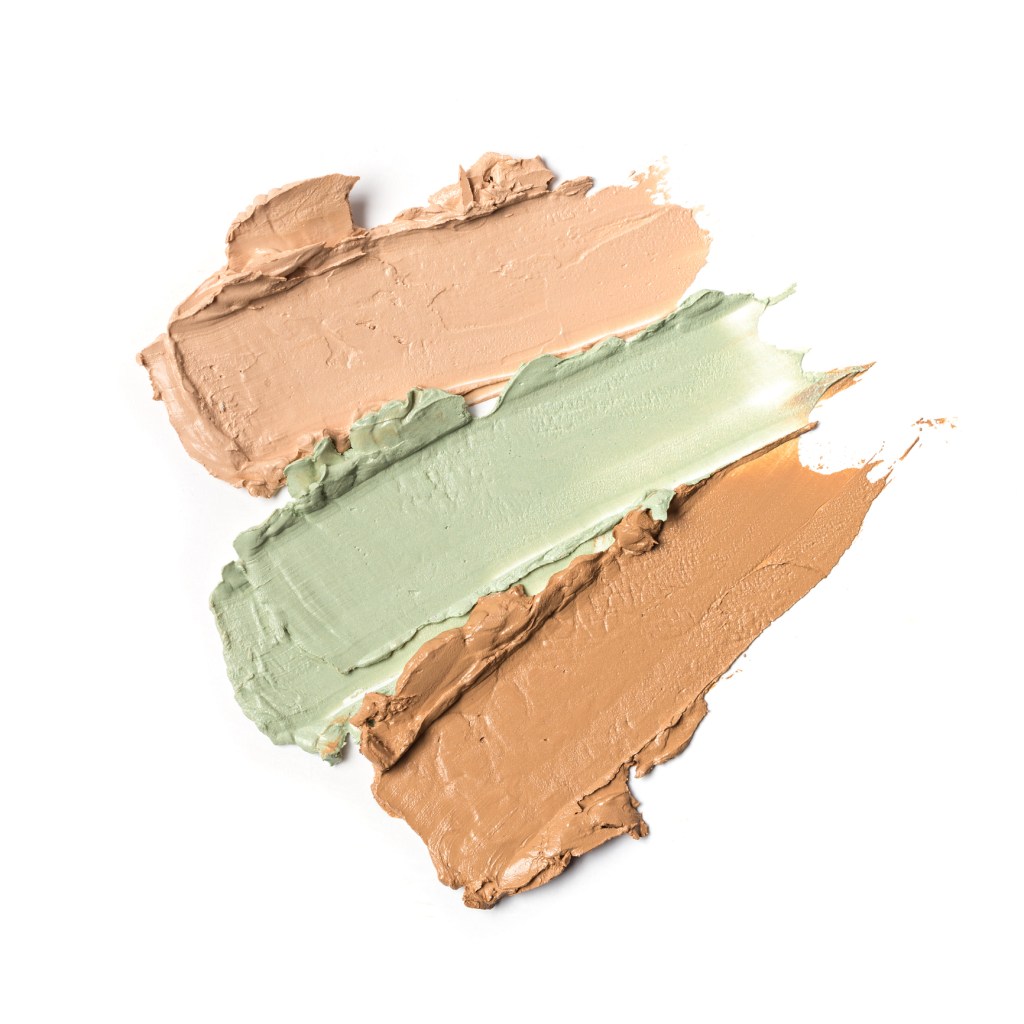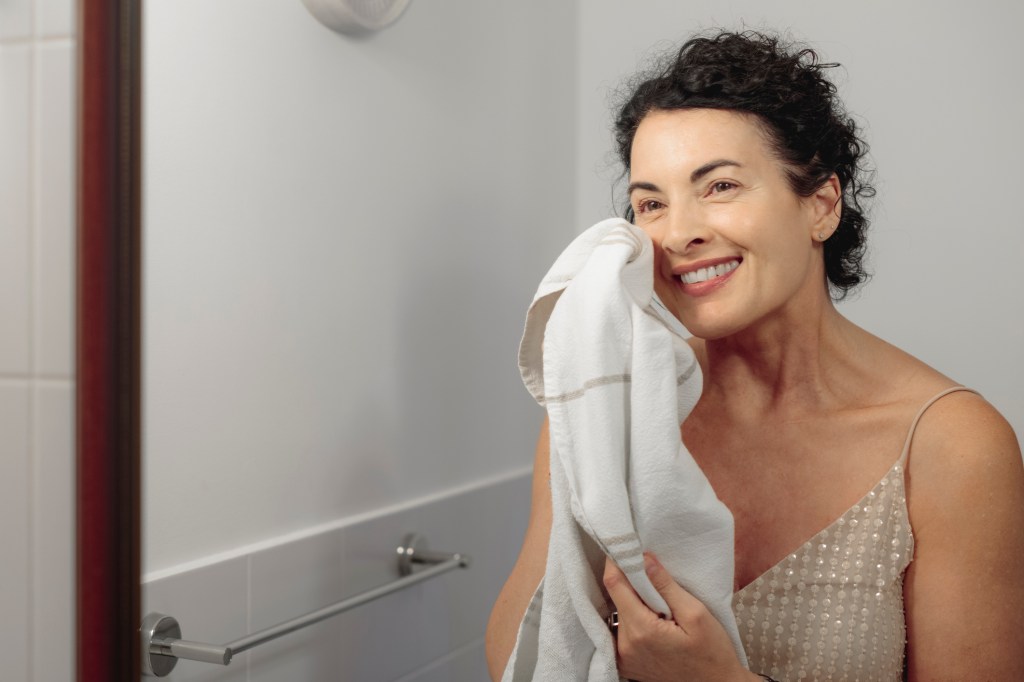How to Get Rid of Pimple Redness: Top Dermatologists’ 6 Simple Tips
Plus, how to stop them in their tracks.

You may think you left hormonal breakouts behind along with your teased hair and mixed tapes or bell bottoms and 8-tracks. But if you’re over 40, chances are you’ve already seen those pimples-of-the-past rear their ugly heads once again. “Acne is one of the most common skin concerns in the U.S. impacting adult women, with over 25% of women in their 40s suffering from it,” says board-certified dermatologist Dendy Engelman, MD, FACMS, FAAD. “Pimple redness and spots are also more likely to occur in women experiencing hormonal imbalances and changes such as menopause.” And while you may not be able to stop them from appearing altogether, knowing how to get rid of pimple redness can at least ensure their unflattering return is less obvious. We spoke to two top dermatologists about banishing breakouts during menopause and beyond. Keep scrolling to learn how pimples — and the redness that comes with them — can be alleviated.
What causes pimple redness and acne spots?
Pimple redness and acne spots (i.e., hyperpigmentation) are caused by inflammation. “Pores can become clogged when there is an excess of acne-causing bacteria, oil, sebum and dead skin cells. The body is then triggered into an inflammatory immune response, sending white blood cells to fight the bacteria that cause the redness. Redness is typically accompanied by swelling and sometimes pain, mainly with deep, cystic acne,” explains Dr. Engelman.
Sometimes, the root cause of redness is an infection, especially if you’ve picked at the skin around it with dirty fingers. The Cleveland Clinic says these can be treated with warm compresses and acne-fighting creams, but some infections require antibiotics.
Doctors say there are several types of acne, including comedones, papules, pustules and cysts. “When there is an overproduction of oil and a build-up of bacteria on the skin, some pimples and acne spots can become more inflamed and red than others,” says Dr. Engelman. “Often, there are different causes for various types of acne, making it prevalent across a wide age range. Oily skin, however, is the most at risk for inflamed, cystic acne and spots due to a greater risk of a buildup of oil and sebum within the skin,” she adds.

How to get rid of pimple redness and heal spots
First and foremost, resist the urge to pick at it! Doctors say you’ll only make it worse, potentially causing an infection or permanent scarring. Instead, to learn how to get rid of pimple redness, try these tried-and-tested methods below:
1. Put it on ice
Icing your acne is a simple yet effective solution to alleviating redness, swelling and inflammation. “By gently icing your acne using an ice cube wrapped in a paper towel or cloth, the pain caused by cystic acne and deeply clogged pores will be relieved. However, while icing your acne will help to make it less painful and visible, it will not remove the contents of the pimple; it is important to take the necessary measures and use products paired with icing to help to clear the skin best,” suggests Dr. Engelman.
2. Spot treat with this
Try a fast-acting solution that visibly reduces the appearance of pimples, such as benzoyl peroxide or salicylic acid. “These treatments help to clear the skin without drying it out. You can use them as a concentrated spot treatment or all over the face if needed,” says Dr. Engelman. Two to try: Neutrogena On-the-Spot Acne Treatment or Sonage Zitlox Salicylic Acne Gel.
3. Patch it up
Pimple patches have popped up all over (pun intended) as they reduce the redness and inflammation caused by pimples and help the overall healing process. “Pimple patches are most effective on surface-level pimples like whiteheads because they absorb oil and pus. They can also be an excellent option for those who can’t resist picking at or popping their pimples. Most pimple patches are made with hydrocolloid, which helps the skin heal faster,” says Dr. Engelman. Two to try: Mighty Patch or, for pimples that haven’t surfaced yet but are forming, Peace Out 2% Salicylic Acid Early Stage Acne Dot.
4. Enlist niacinamide
How to get rid of pimple redness? Try niacinamide, a trending ingredient for its ability to soothe and calm inflamed skin. “Because it’s anti-inflammatory, applying it will help reduce pimple redness and hyperpigmentation,” says dermatologist Nazanin Saedi, MD, FAAD. Plus, it’s gentle enough to use every day. One to try: The Ordinary Niacinamide + Zinc Serum.
5. Dab on eye drops
Eye drops can combat more than just red eyes. “I recommend applying a few drops of Visine directly to the spot to vasoconstrict and remove the redness. I do not recommend this for long-term use — just a day or two — otherwise, it can be too drying,” says Dr. Saedi.
6. Cover it up

A green-colored corrector product neutralizes the redness from blemishes and hyperpigmentation. While this won’t treat the source of the redness, it’ll make it less noticeable while it heals. One to try: Physician’s Formula Butter Glow Corrector.
How long does redness from a pimple last?
Doctors say that the redness should fade as the pimples heal, typically within a week or two. Some acne spots can take several weeks if the damage is more profound. Sometimes, rosacea — a chronic skin condition that primarily affects the face, causing redness, flushing, visible blood vessels and, in some cases, acne-like bumps and thickened skin — might be the source of the redness and usually requires a trip to your dermatologist for treatment.
Is there a way to stop pimple redness before it starts?

You may not like hearing this, but as Rachel Hollis preaches in her bestselling book, Girl, Wash Your Face, you should, well, wash your face. While you can’t prevent the formation of acne entirely, “you can take preventative actions like cleansing both morning and night with a gentle cleanser, keeping your hands away from your face and using topical over-the-counter or prescription treatments containing benzoyl peroxide, salicylic acid or a form of vitamin A,” advises Dr. Engelman.
Also, there’s a pill for that. Dr. Engelman says you can help reduce acne and breakouts with Nutrafol’s Clear Skin Supplement. “This supplement addresses the critical root causes of non-cystic acne, like stress, hormonal fluctuations, gut and skin microbiome and immune system function. The clinically tested formula reduces breakouts and visibly improves post-acne dark spots,” she attests.
For more skincare tips and tricks, click through these stories:
Skincare’s Best-Kept Secret For Hydrated, Plump + Glowing Skin Instantly? Glycerin
This Easy At-Home Gua Sha Facial Gets Your Skin Glowing + Relieves a Headache Fast
Skin Flooding: The Viral Trend Dermatologists Swear By + How to Get the Best Results


















